Design is a team sport
When I entered the work world just out of design school at Parsons, I admired a number of extraordinary designers who I had the honor to know and work with through the AIGA and the Aspen Design Conference: Vignelli, Bass, Chermayeff, Geismar, Glaser, Wurman, to name a few. Their work was and still is amazing. As a student of architecture, I had a list of architects I followed closely and thought of as gods: Kahn, Gehry, Goff, Wright, Sullivan, Lawrence Halpern and Christopher Alexander. When I saw their work, I thought of them, not their clients or their offices or their collaborators. Just them.
Many on that list are in fact artists. Their body of work is a reflection of their inner life, inner vision and ability to share their unique talent. I knew from the start that I wasn’t that kind of designer. Aesthetics mattered to me, but something else mattered as much and at times more. I have loved some of my clients. Not romantic love, but love the way you love your students, your colleagues and your partners. You value the connection you have and the ability you have together to do something wonderful – and hopefully worthwhile.
In 1996, after over 20 years running an office with my partner in crime, Michael Donovan, my actual love, we sold our company to CKS, a Silicon Valley newly hatched agency founded by three x-Apple guys. We imagined ourselves working together for years to come – embracing the opportunities that a technology partner with great design would provide us, and not imagining anything could go wrong. It was early days before the tech bubble burst and we would emerge from a series of sales, and therefore owners, a lot wiser, just as the world emerged from the delusion that technology was the answer no matter what the question might be.
Upon emerging from our last owner, Whitman Hart/March First, we had some time to take stock. We were forced into a sabbatical we wouldn’t necessarily have chosen, but which in fact we had chosen by the dice we had thrown when we decided to take on our young tech partner. In taking stock, we had a chance to think about the work – what we had learned, how we had grown, what and who we would remember and what we might be remembered for. Not surprisingly, most of the work we valued most was possible because of relationships with extraordinary people.
With Pleasant Rowland, we were able to create American Girl Place, with a ‘sassy seat’ for a doll in the cafe, a box of conversation starters to engender lively lunches between adults and children, a hair salon for dolls and, in short, mecca for young women in the making. American Girl Place was great because Pleasant had the vision, commitment and passion to create a place for girls that was respectful of their intelligence and imaginations, and aimed to enrich their lives first and foremost.
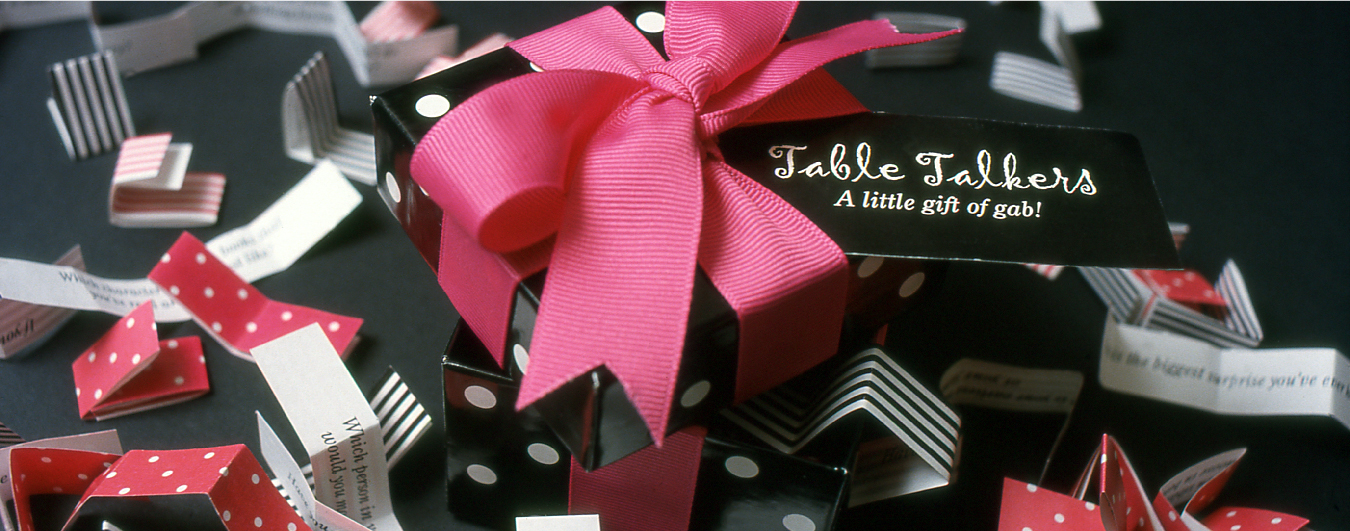
With Richard Wurman and Vince Barabba at GM, the most intelligent of CIO’s and head of the US Census for multiple Presidents on both sides of the aisle, we were able to rethink how knowledge and insights that got collected by researchers might be transferred into the car design process lead by creative types and engineers. The goal, cars that worked better for people and society.
Again with Richard Wurman, Clive Meanwell, Patricia Seemann and Helmut Giersiefen, we were able to design the information architecture – the expert system – which mapped the process of drug development and became the repository of all that was known in the course of building evidence and bringing a new drug to market.
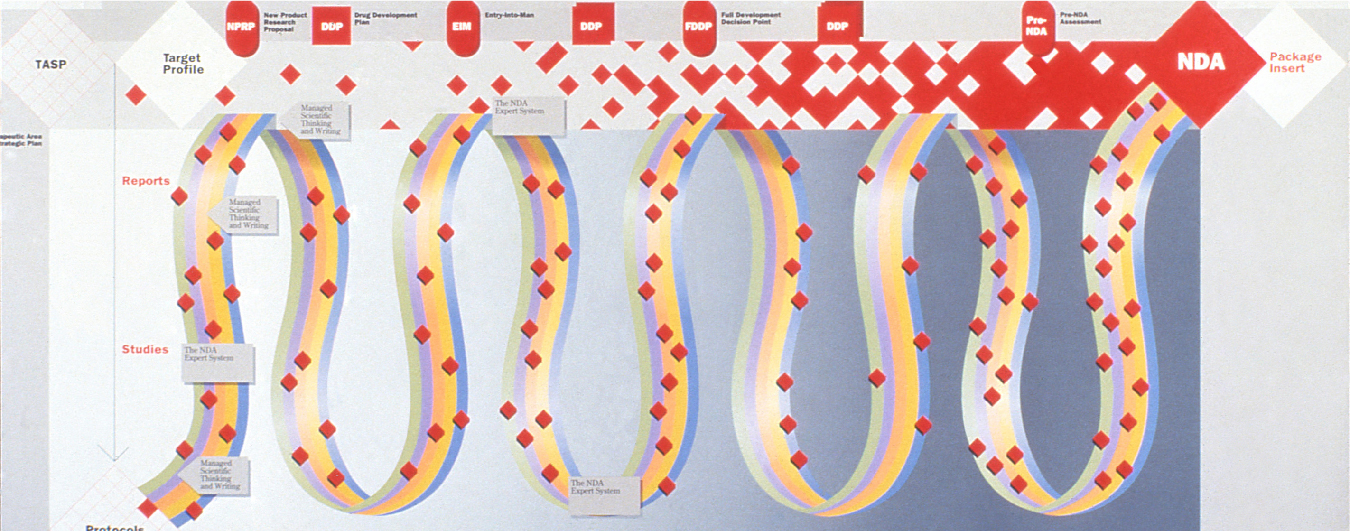
With President and Mrs. Reagan, we were able to spend the many months and untold hours reliving an historic Presidency, talking about what mattered to him and how he wanted to be remembered. Mrs. Reagan regularly came loaded down with boxes of pictures and treasures, ready to tell their story. Then with a team of incredible filmmakers, designers and storytellers, we were able to build an experience which became a touchstone for many – a glimpse into the man, his life, the executive office and his presidency.
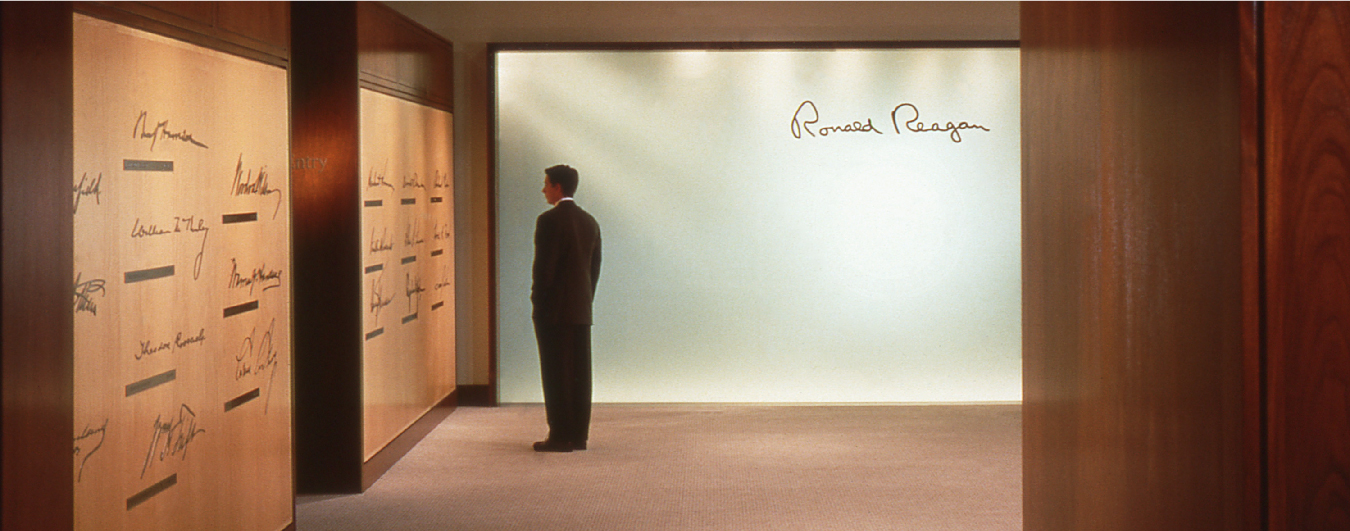
In between all of those months and years were intense relationships with extraordinary people. Margery Held and I explored the science being developed in Exxon’s R&D programs and traveled the world with scientists telling their stories for many years. Ward Bennett, Peter Bradford, Michael and I co-created with a series of young and talented designers and photographers for Brickel – Jane Zash, Eileen Boxer, Mick Pateman, Amos Chan, come to mind. Claudia Kotchka at P&G was a force of nature – fighting for what made sense in a sometimes highly layered bureaucracy, and her boss, AG Lafley, was legendary for understanding the value of listening and observing, of designers and what they do, and of paying attention to what matters to real people – his customers.
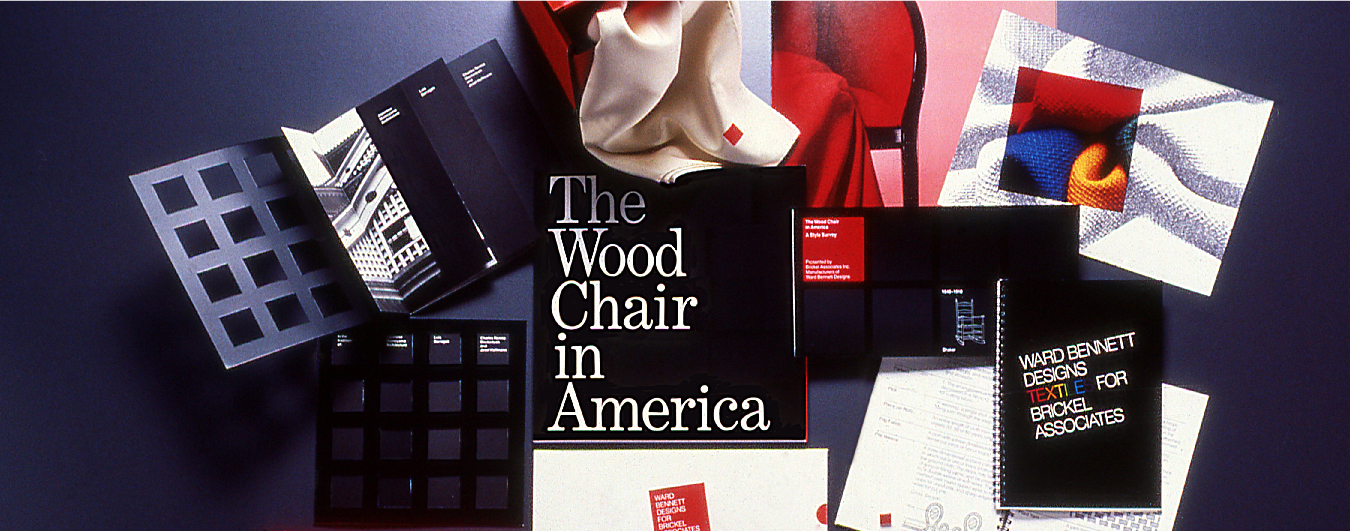
More recently, Alan Siegal introduced me to the unbelievable gifted CEO, Susan Hertzberg, who was responsible for taking an innovative blood testing technology and parlaying it into a powerful patient- and HCP-centric company committed to helping patients understand and manage their health. She had her sights on figuring out how to tackle the problem of helping patients gain commitment for their own well being by providing highly personalized understanding of their conditions, the consequences and the path to health. In the process, she built a world-class organization through deep understanding and commitment to doing what works. As her partner in clarifying the offer and shaping it for patients and caregivers, it was her vision that won the day and our capabilities as designers that she pointed in the right direction.
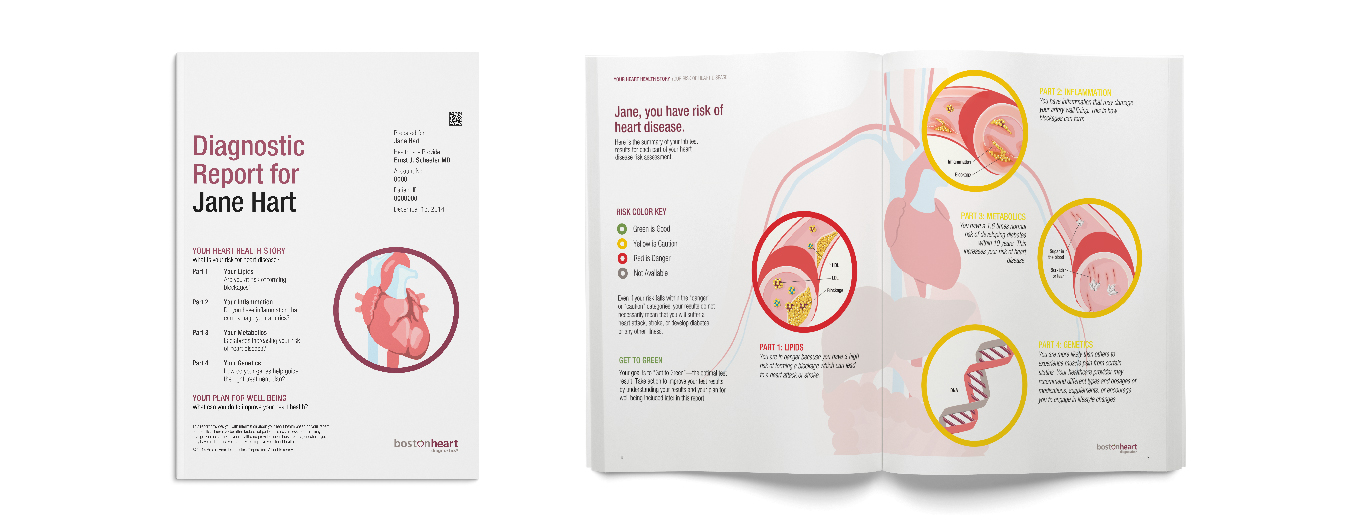
Similarly and lastly, I could not end any reflection on great vision, guts and leadership without speaking of my last partnership with Clive Meanwell and the extraordinary team of scientists, doctors and drug developers of all stripes that he has assembled to tackle heart disease. No one puts it all out there like this man and those of us who share his passion as partners seem to rise to the occasion because he demands it by his personal commitment. In a recent show of force, Clive with others in The Medicines Company team, some great minds from McKinsey and our energetic and talented design team managed to build an Investor Day that ended up in the stock going up meaningfully while each of the two dozen or so collaborators had the true joy of a ‘mission accomplished.’
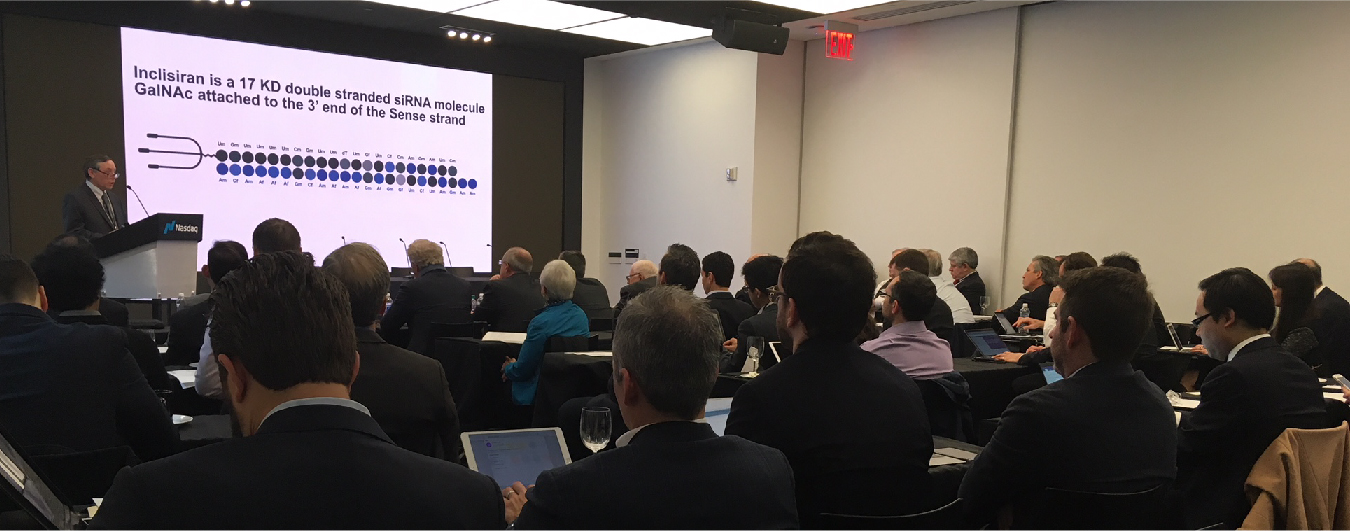
I belabor the point to make a point. There is much literature on collaboration and team building. There are good practices and important disciplines to internalize, which we never talk much about as designers. In fact, we are often solving other people’s problems, explaining other people’s ideas, addressing other people’s visions and collaborating on delivering other people’s dreams. I had the privilege to walk President Reagan through his exhibit, just the two of us, after it was installed and before it opened. As we watched the centerpiece tour de force multimedia presentation on the events leading to the end of the Berlin Wall, he turned to me and said, with great emotion, that after months of work and dozens of conversations, presentations, and, ultimately, approvals –“ I didn’t know it would be this good.” Remembering that moment reminds me that the joy in doing it was in being part of something bigger, making the journey together and, in the end, sometimes even surprising ourselves.
